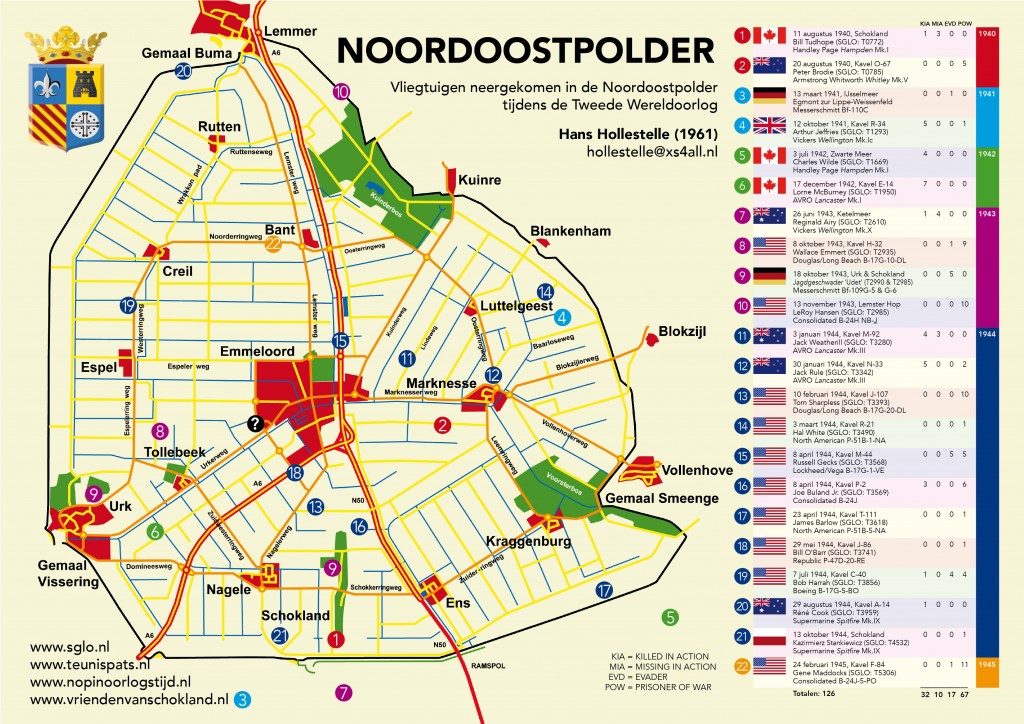Back to ‘Luchtoorlog’ Back to ‘Lezen’
Air War
Air war
At the beginning of the war the Germans were superior in the air war. In the course of 1943 this changed. The Americans took part in the bombing of German cities and regions. At day the Americans bombed the cities, and at night the English.
Animation of the bombardments during the Second World War
Air rout
During the war, no light came from beneath. Everything has to be darkened by the order of theGermans. This to prevent the Allied airmen distinguish targets on the ground. Unfortunately for the Germans, even at the darkest nights the difference between water and land can be seen clearly from the air.
Places like Stavoren, Urk and the Northeast are clearly visible from the air. Allied pilots could therefore navigate properly. Especially the straight dikes of, the still under construction being ‘ring dike’ of the northeast polder, formed a good landmark. It was a navigation point: the embankment of Urk to Lemmer was in the middle of the water and laid straight to the north.

De Duitse bezetter plaatst op veel plekken in Nederland luchtafweergeschut. Dit om geallieerde vliegtuigen te beschieten. Het IJsselmeer en de Noordoostpolder zijn plekken waar geen luchtafweer staat. Wel staat er rond het IJsselmeer een netwerk van radars, die lokaliseren de geallieerde vliegtuigen. Vanuit vliegbasis Leeuwarden stijgen Duitse jagers op en maken jacht op geallieerde bommenwerpers.
The Germans placed at many places in the Netherlands aircraft guns. This is to attack the Allied aircrafts. The IJsselmeer and the Northeast are places where no anti-aircraft would stand. However around the IJsselmeer they build a network of radars, which located the allied aircraft. German fighters from Leeuwarden Airbase took the hunt at Allied bombers.
Crashes
During the Second World War about 7.500 planes crashed in the Netherlands. That is roughly half of all (!) the aircraft that came down in the European part during the Second World War. Of these planes a minimum of 149 came down in the IJsselmeer. In and around the Northeast polder and Urk many planes did crash.
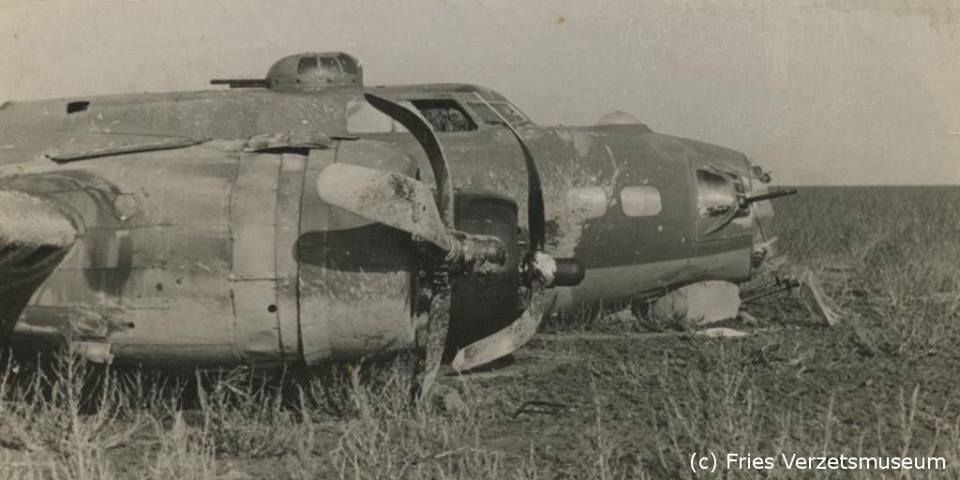
There are also airmen who could make an emergency landing or who came safe to the ground by their parachute. Most airmen who survive their landing in the NOP, were picked up by the Germans quite quickly. Some manage to escape. The airmen hid than initially in the reeds of, the still to be reclaimed, polder. If the pilots managed to make contact with members of the resistance in the northeast polder, they could be helped to a hiding place. It was then attempted to bring them away through an escape line, by various hiding places, towards Belgium.
Assistance to downed pilots
The airmen received, before they take off from England, no weapons. However, they get money and things to pay for any help and for clothes.
In total, three Allied planes made an emergency landing in the polder. It also occurs that a plane crashes into the water and that the airmen come down by parachute in the polder.
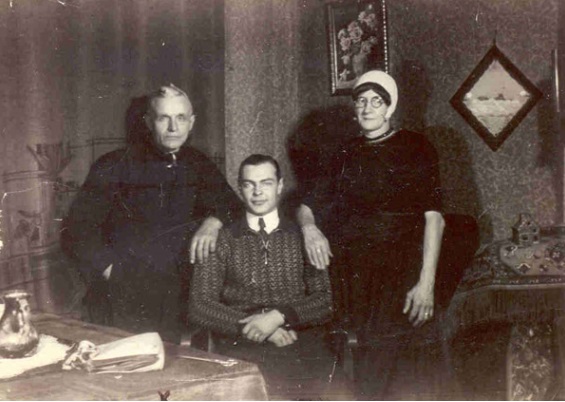
Several people who work and live in the Northeastpolder, and people from Urk, help the airmen to escape. They are called pilots helpers. The airmen often can hide out in the tall reeds. The reeds are about three, four meters high! This is the reason that a lot can be done whitout someone sees it.
Helping Allied airmen is not without risks. As a helper, you can be mercilessly shot by the Germans. Most of the airmen who came down in the Northeastpolder were taken prisoner of war.
After the war
Van sommige vliegtuigen die neergestort zijn in polder was weinig meer terug te vinden. Zij verdwenen soms helemaal in de grond. Na de oorlog worden de sloten en kanalen verder uitgebaggerd, of gegraven. Boeren gaan hun land bewerken. Ze komen dan stukken vliegtuig tegen. Het leger wordt gebeld om de vliegtuigen op te ruimen. Hierbij kijken ze niet alleen wat voor een vliegtuig het is, maar ook wie er in vloog. Zo worden na de oorlog nog veel vliegtuigen opgeruimd, en de vliegeniers begraven.
Some aircraft that crashed in the polder was not much more to be found. They sometimes disappeared completely in the ground. After the war, the ditches and canals are further dredged or dug. Farmers are cultivating their land. They then find pieces of planes. The army is called to clean up the found aircraft. They don’t only investigate what kind of aircraft it is, but also who flew in that aircarft. After the war many planes were still being brought up / removed, and the airmen were properly buried.
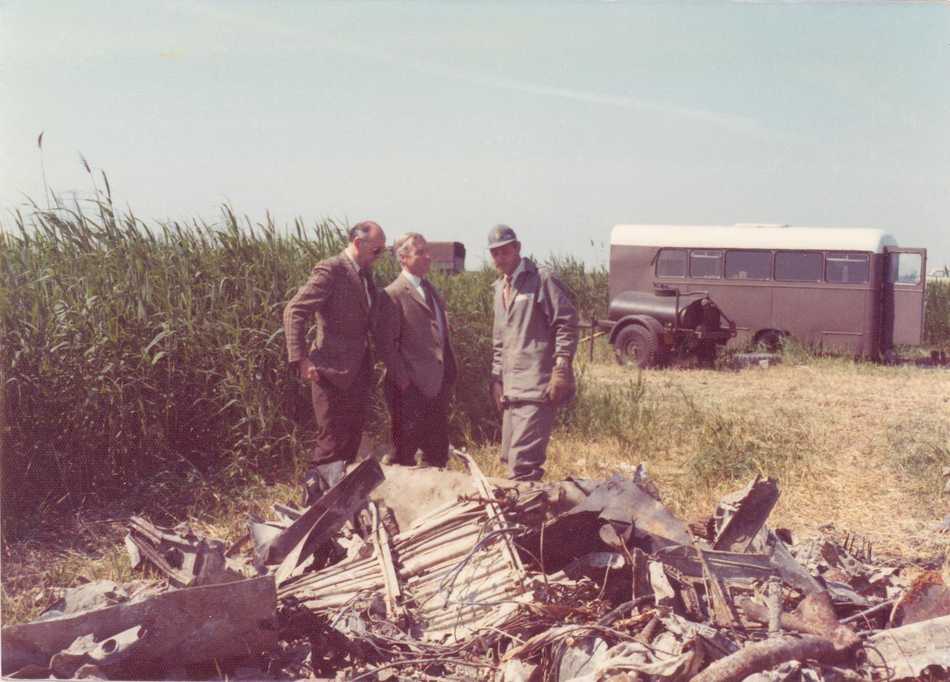
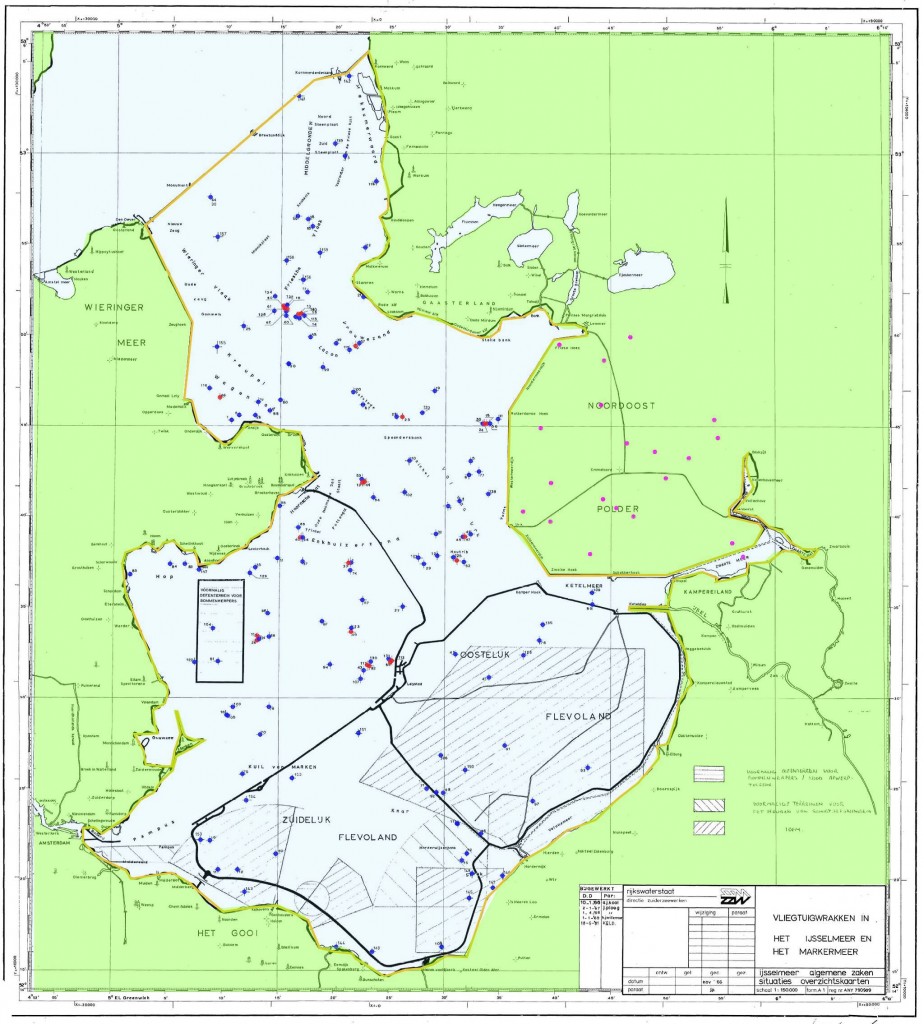
Read more in the file ‘Air war dossier’
